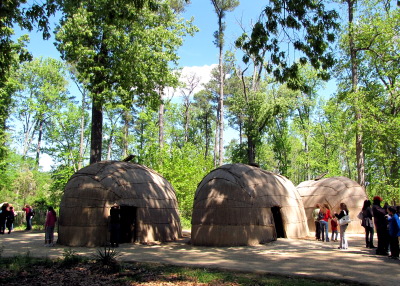Four years ago, I had the distinct privilege of helping to facilitate a cultural exchange with nine students from Ecuador, along with three adult leaders. We collaborated on several cultural experiences and traveled as a group to Washington DC. During our one month together, we established friendships that will last forever.
Victor was one of the students from that group. This week, he returned to Spokane as a guest speaker at the Institute for Extended Learning and addressed one of the ESL classes (English as a Second Language).
This particular class is comprised almost entirely of ethnic Nepali refugees who were expelled from Bhutan and forced to live more than ten years in a refugee camp. They have come to the United States having suffered discrimination, displacement, and tremendous loss. Many are now struggling to maintain a sense of cultural identity as they also strive to adapt to life in America.
Prior to the presentation, I wondered how Victor would relate to a group whose experience has been so radically different from his own, and yet he spoke powerfully about the need to adapt while still preserving one's own culture. Without any previous knowledge of their experience, Victor spoke directly to one of the pressing questions of their current struggle. Many of the students were visibly moved as they received an affirmation of their hopes for the future.
Beyond the timeliness of his message, the students discovered many similarities between the Bhutanese and Ecuadorian cultures. At one point, Victor displayed his a collection of artwork that included 'talismans' that are used to protect children from spiritual harm. Without any previous explanation, the Bhutanese students immediately recognized the items! They create the same kind of items in Bhutan, and they do so for the same purpose. The parallels are amazing.
At the end of the class, one of the women raised her hand and asked his age. When he answered, she said, "You are very young, but your message is very powerful. Thank you for doing this work."


















































